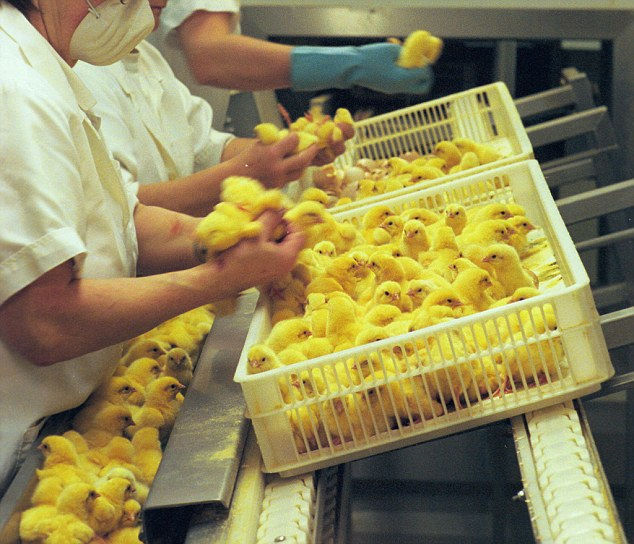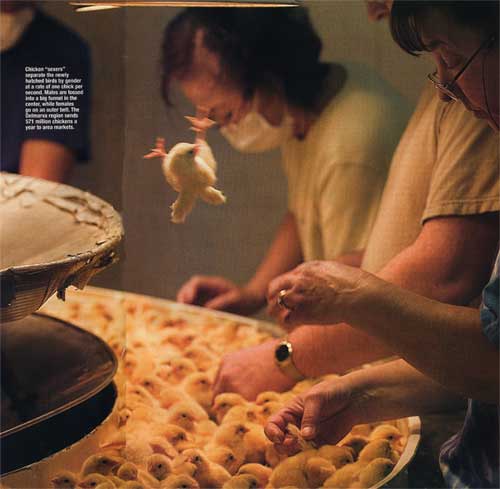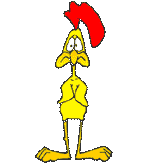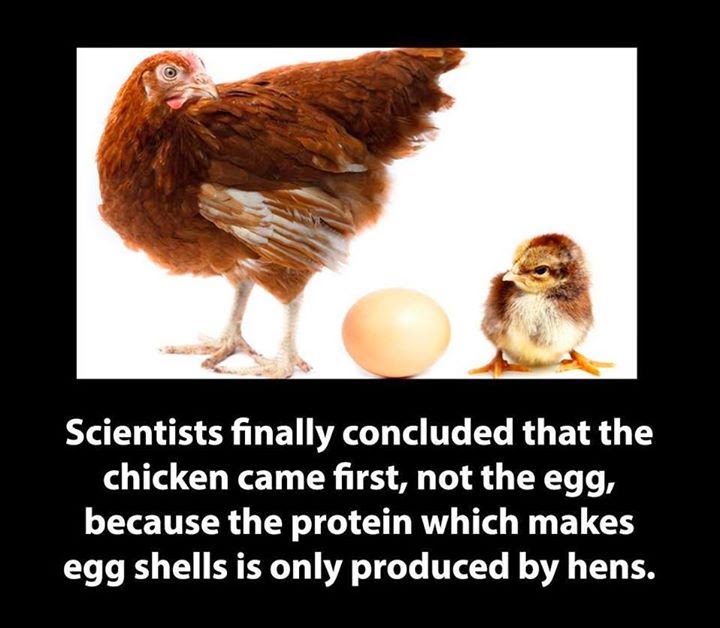
Tag: Chickens
Chick Sexing
Chicks of different sexes can appear quite similar. Chick sexing is the method of distinguishing the sex of chicken and other hatchlings by a trained person called a Chick Sexer or Chicken Sexer. It’s a job that pays pays $60,000 a year and nobody seems to want to do it.
Enjoy!
Believe it or not, ‘chick sexer’ is a real job, and it pays quite handsomely. For over $60,000 a year, a chick sexer has to look at chicks’ backsides all day to determine if they are male or female.
The process, known as ‘vent sexing’ involves squeezing the faeces out of the chick and opening up the its anal vent, to check for a small ‘bump’ that indicates it is male. Understandably, the job doesn’t have many takers, and British poultry farmers are struggling to attract employees to fill the position.
Although it sounds easy, chick sexing is quite complicated and requires an incredible amount of skill. Workers are specially trained on how to spot ‘miniscule differences’ in the size and shape of a chick’s genitalia to ascertain whether it will grow up to be a rooster or a hen.
Chick sexers are expected to sort 800-1,200 chicks an hour, with a 97-98 percent accuracy – that’s just three seconds per bird. “It takes three years to train someone so they develop the sensitivity and dexterity to reliably sex the bird and a lot of people don’t want to spend that amount of time training,” said Andrew Large, chief executive of the British Poultry Council.
Solved: Which Came First
They’ve cracked it at last! The chicken DID come before the egg.
The chicken wins!
One of the most puzzling and famous life questions has stumped people for generations. It’s the question of which came first: the chicken or the egg? In order for there to be an egg, a chicken would have had to lay it. In order for there to be a chicken, it would have had to hatch from an egg. It seems as though either answer could be the correct answer; until now.
Dr. Colin Freeman from Sheffield University along with colleagues from Warwick University have figured it all out. Their research project originally aimed to figure out how animals make eggshells because it’s an extraordinarily strong yet lightweight material that no human has been able to replicate, and the researchers hoped to learn how to develop a manmade equivalent by learning about the way animals make eggshells.
Chickens were chosen as their test subjects simply because the protein was easy to study. The study began when Freeman and his colleagues used the UK Science Research Council’s super-computer called HECToR (High End Computing Terascale Resource), which is based in Edinburgh. The “ingredients” used to make eggshells were programmed into HECToR, and that was it. The computer was left to produce results on its own, and it took weeks for HECToR to figure out how chickens make eggshells.
When HECToR finally arrived at a conclusion, the researchers were stunned when they realized that they had solved the age old question. After years and years of debate, it was finally determined that the chicken came before the egg.
“It had long been suspected that the egg came first, but now we have the scientific proof that shows that in fact the chicken came first,” said Freeman.
What they found was a protein, called ovocledidin-17 (OC-17), that exists only in a chicken’s ovaries and is vital to eggshell formation in chickens. The protein acts as an ongoing builder that pieces microscopic parts of the shell together by converting calcium carbonate into calcite crystals. The shell would not exist without this protein, which only exists in chickens, so the end result is that the chicken came first.
The protein was discovered before this research project, but HECToR made it easier for the researchers to observe the process “in microscopic detail,” thus understand the proteins significance in the eggshell-making procedure.
So what does this mean for those who always thought the egg came first? Freeman and his colleagues referred to some theories that suggest that chickens’ “ancestors evolved to create hard eggs around the time of the dinosaurs.”
In addition to answering the question that has burdened the human race for ages, the results of this study could be advantageous in the medical field since human bones and teeth are made in a similar way as eggshells. This could lead to a better understanding of how to rebuild human bones. Also, the study could help figure out how crystal structures can be made and destroyed (since the eggshells are made up of microscopic crystals). Learning how this can be done could lead to the elimination of limescale crystals on pipes and kettles.



